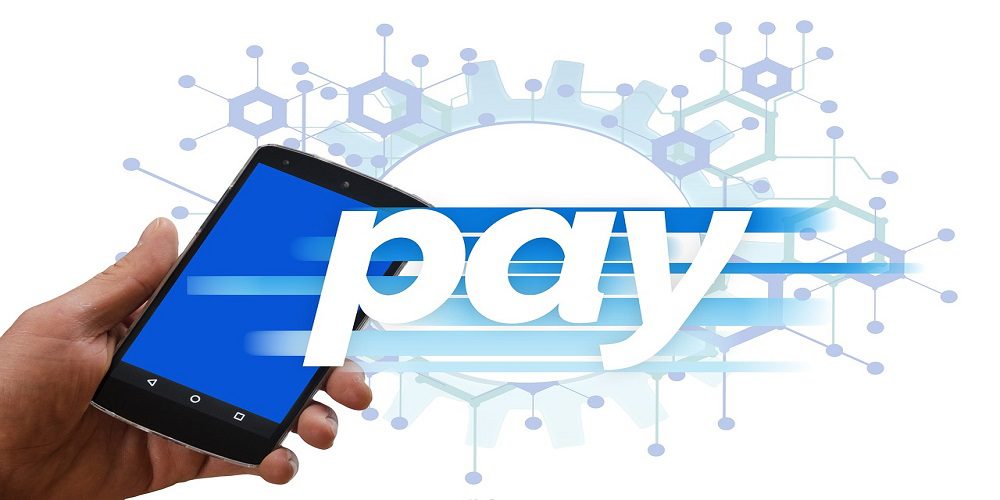In a world that is becoming increasingly interconnected, the way we make payments has also undergone a remarkable transformation. Gone are the days of fumbling for cash or relying on clunky credit cards; enter the era of borderless payments. From e-commerce giants to small businesses, everyone seems to be jumping on this seamless transaction bandwagon. But what exactly are borderless payments, and why are they gaining such immense popularity worldwide? Join us as we dive deep into this exciting phenomenon and uncover the secrets behind its growing appeal in our latest blog post, “Seamless Transactions Worldwide: Understanding the Growing Popularity of Borderless Payments.”
Introduction
Borderless payments are a growing trend in the world of commerce. These payments allow customers to make transactions without having to worry about the borders between countries. This is beneficial for both businesses and their customers, as it cuts down on wait times and costs associated with international transactions.
There are many benefits to using borderless payments, and they are quickly becoming one of the most popular methods of shopping and banking around the world. Here are just a few of the reasons why businesses should consider adopting this technology:
Reduced transaction times: Borderless payments allow for quick and easy transactions, which can reduce wait times dramatically.
No need for currency conversion: Many borderless payment platforms work with a variety of currencies, so there is no need to worry about converting money into another currency. This saves time and hassle.
Increased customer satisfaction: By eliminating any obstacles between businesses and their customers, borderless payments increase customer satisfaction rates significantly. This means that customers are more likely to return again and again.
Lower costs: By cutting out the need for banks or other third-party processors, borderless payments can save businesses a lot of money in fees and costs related to international transactions.
Why is borderless payment growing in popularity?
Borderless payments are becoming increasingly popular because they allow customers to make payments without having to worry about currency conversions or borders. In addition, borderless payments reduce the need for both parties to have a bank account, which can be beneficial for small businesses and consumers who do not have access to traditional banking services.
Additionally, borderless payment systems are becoming more widespread thanks to new technologies like blockchain. Blockchain is a distributed ledger technology that allows for secure and transparent transactions between parties. This technology has made it possible for companies to create their own borderless payment systems, which can be used to conduct transactions between individuals and businesses around the world.
Borderless payments are becoming more popular because they offer customers a variety of benefits, including reduced fees and increased convenience. They are also becoming more widespread thanks to new technologies like blockchain, which makes them more reliable and secure.
How does borderless payment work?
Borderless payments are a burgeoning trend in the world of commerce. This technology allows for seamless transactions between parties without the need for any additional intermediaries, such as banks or payment processors.
The popularity of borderless payments is due in part to several reasons. First, they are convenient for customers. Instead of having to remember multiple payment methods and account numbers, customers can use a single payment method across all their accounts. Second, they are more secure than traditional methods of payment. With borderless payments, there is no need to disclose personal information such as bank account numbers or credit card numbers to merchants. They are cost-effective. By eliminating intermediaries, borderless payments can reduce the costs associated with traditional payment methods.
There are several ways that businesses can take advantage of borderless payments. One way is to adopt a mobile app called Payment wall, which allows customers to pay for goods and services using their smartphones. Another way is to install an NFC reader at the checkout so that customers can make purchases using contactless technology. There are also third-party platforms that allow businesses to accept payments through borderless platforms such as Bitcoin and Ethereum.
While there are many benefits to adopting borderless payments, there are also some considerations that must be taken into account. One issue that businesses must consider is how they will process refunds and returns if a customer pays using a borderless platform but does not receive the product they ordered. Another consideration is whether or not the business will have access to
Case Studies of Successful Borderless Payments
As the world becomes increasingly connected through technology, businesses and individuals are looking for ways to make transactions without the need for a physical border. One common way of doing this is through borderless payments.
A borderless payment is a payment that does not involve the transfer of money or assets between two parties. Instead, it is typically handled by a third-party intermediary, such as an online payment service or mobile app. This allows businesses to make transactions with customers across borders without having to worry about complex financial arrangements or currency exchange rates.
There are many reasons why businesses are interested in using borderless payments. For example, they can reduce costs by avoiding the need to set up new bank accounts in different countries, and they can increase efficiency by making it easier for customers to pay using their preferred method of payment.
One of the main benefits of using borderless payments is that they offer a more secure way of conducting transactions than traditional methods. This is because there is no risk of fraud or theft when money is transferred between parties without involving a physical asset like cash or gold.
In recent years, borderless payments have become increasingly popular due to their many benefits. They are easy to use, and they allow businesses to reach out to a wider range of customers around the world. There are even some cases where borderless payments have been used to help overcome some of the challenges posed by global economic instability.
Conclusion
The popularity of seamless transactions worldwide is undeniable. Businesses of all sizes are turning to borderless payments in order to reduce costs and improve efficiency. By using blockchain technology, these businesses can ensure that all parties involved are aware of the current state of the transaction and can make corrections as needed. This allows for a more secure and efficient process, which is why so many businesses are embracing borderless payments today.


































